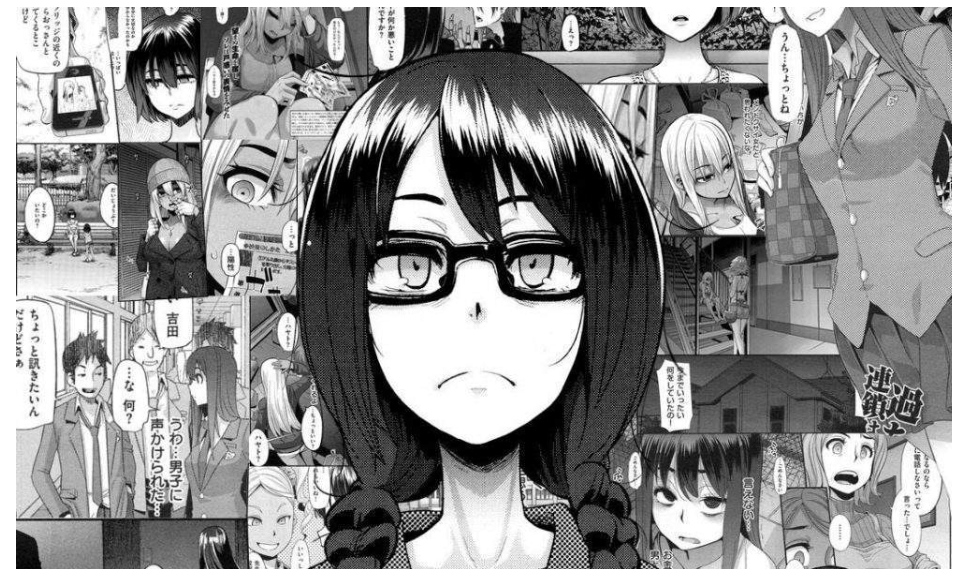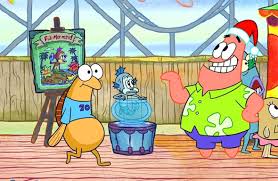Manga, an integral part of Japanese culture, has transcended borders, captivating audiences worldwide. However, within the vast realm of manga lies a controversial piece that has both fascinated and repulsed many – “177013 nhentai. This explicit and polarizing manga has sparked discussions, delving into the darker facets of human experiences. As we embark on this exploration, it’s crucial to navigate sensitively through its themes and content.
Understanding the Phenomenon
“177013” is a doujinshi (self-published) manga known for its raw depiction of the harsh realities surrounding addiction, mental health struggles, and the adult entertainment industry. The narrative follows a young girl, Saki Yoshida, who spirals into a life of addiction and degradation, shedding light on the consequences of poor choices and societal pressures.
The Controversy Surrounding “177013”
The manga’s graphic portrayal of explicit themes, including drug abuse, sexual exploitation, and mental trauma, has sparked intense debates. Critics argue that it glorifies disturbing content, while supporters suggest it serves as a cautionary tale, shedding light on societal issues often ignored or stigmatized.
Exploring the Themes
One cannot ignore the distressing themes within “177013.” It analyzes the specifics of addiction and explains how it can lead to a downward spiral that effects numerous aspects of one’s life. The manga additionally tackles the commercializing of individuals stressing the challenging times that those who find work in the adult field of entertainment must endure.
Artistic Expression or Gratuitous Content? The debate around whether “177013” qualifies as a form of artistic expression or simply gratuitous content remains contentious. While some view it as an artistic endeavor aimed at raising awareness, others condemn it as exploitative and gratuitously explicit.
Impact on Manga Culture
The impact of “177013” on manga culture has been profound, provoking discussions, controversies, and reflections within the community. While the manga itself is relatively niche, its themes and the debates it ignited have had far-reaching implications.
- Challenging Taboos and Norms: “177013” pushed the boundaries of what is acceptable in manga storytelling. It confronted taboos surrounding addiction, mental health struggles, and the exploitation of individuals, topics often sidestepped or presented in a diluted manner in mainstream manga.
- Triggering Conversations: The controversial nature of the manga sparked intense conversations within the manga community and beyond. It compelled readers to confront uncomfortable truths, leading to debates about the responsibility of artists, the portrayal of sensitive topics, and the potential impact of graphic content on audiences.
- Reevaluation of Ethics in Art: Artists and creators faced a moment of introspection regarding the ethical implications of their work. “177013” challenged the balance between artistic expression and the ethical responsibility of creators when depicting sensitive and potentially triggering subject matter.
- Impact on Audience Perception: For readers, encountering “177013” could be a jarring experience. It led many to reflect on the implications of consuming explicit and emotionally distressing content and raised questions about the line between exploring harsh realities and glorifying disturbing situations.
- Influence on Content Creation: While not directly inspiring mainstream manga, the discussions surrounding “177013” influenced the creation and reception of subsequent works. Some creators may have reconsidered how they approach sensitive topics, aiming for a more responsible portrayal without shying away from the reality of difficult themes.
- Awareness of Social Issues: The manga shed light on societal issues often overlooked or stigmatized. It highlighted the struggles individuals face with addiction, the repercussions of exploitation, and the complexities of mental health, encouraging a more empathetic understanding of these issues.
- Diverse Perspectives: The debates around “177013” showcased the diversity of opinions within the manga community. Different perspectives emerged, ranging from those condemning its explicit content to others appreciating its attempt to delve into uncomfortable realities.
Navigating Ethical Dilemmas
The depiction of sensitive themes in manga raises ethical dilemmas. Artists walk a fine line between portraying reality and potentially triggering or glorifying harmful content. Consumers, on the other hand, grapple with the responsibility of supporting or condemning such works.
Critical Analysis and Reflection
Engaging with “177013” necessitates critical analysis and reflection. It serves as a mirror reflecting society’s uncomfortable truths, urging individuals to confront the darker aspects of human existence. However, the manga’s graphic nature demands caution and consideration, especially for those sensitive to its themes.
Conclusion
The controversial journey into “177013” on nhentai represents a nuanced exploration of the multifaceted nature of manga culture. It challenges preconceptions, ignites debates, and urges introspection within both creators and audiences. However, its explicit content warrants a responsible and sensitive approach when delving into its themes and discussions.


